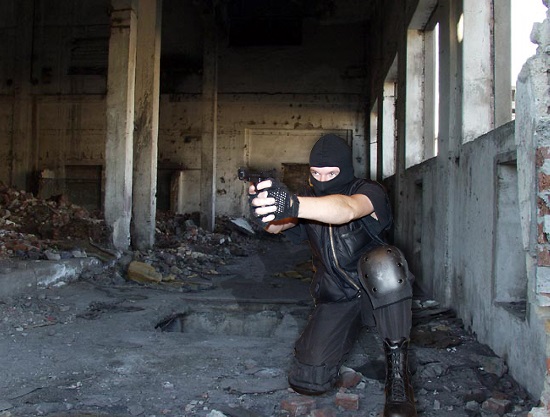Mysteries and thrillers are not the same things, though they are literary siblings. Roughly put, I would say the distinction is that mysteries emphasize motive and psychology whereas thrillers rely more heavily on action and plot. — Jon Meacham
Thrillers provide the reader with a safe escape into a dangerous world where the stakes are as high as can be imagined with unpredictable outcomes. It’s a perfect genre in which to explore hard issues of good and evil, a mirror that allows the reader to see both the good and not so good in themselves. — Ted Dekker
In her book Killer Fiction, Carolyn Wheat offers a detailed outline that she calls “The Four-Arc System for Organizing Your Novel.”
It is roughly analogous to the 3-Act Structure, taking arcs 2 and 3 together to form the “middle half.”
Ten-Minute Hook
An opening scene or chapter that is self-contained and grabs the reader in some way, by either showing a “day in the life” of the character whose life is about to be turned upside down, or giving a mini-preview of things to come.
Arc One
- Set up the conflict or problem, introduce the main character and opponent or mystery.
- Establish character’s inner need which s/he may or may not be aware of
- Start Subplot rolling– either main character’s or a secondary character’s or both
- No flashbacks allowed — tell the reader only what s/he must know now
- Make the contract with the reader through tone and style
- Use a catalyst if appropriate to get the story started and to keep things moving
End Arc One at a crisis: the first turning point scene changes everything and sends the main character in pursuit of a new goal. A decision leads to a beginning level of commitment.
- Here come the flashbacks — but only to illuminate the present
- Main character is tested, trained, given tasks, tries and fails to reach goal
- One step forward, two steps back
- Each gain leads to a (greater) loss in the end
- Subplots deepen, also move toward their crunch points
- Discrepancy between character’s wants and needs grows larger
- Establish deadline or ticking bomb, beyond which all will be lost
End Arc Two at a crisis: the Midpoint scene may involve hitting rock bottom, being convinced there is no hope of success. Or the main character may move from reactive to proactive, from committed to fanatical, from objective to emotionally involved, from wrong goal to right goal. A line may well be crossed. Return to status quo is now impossible. The character can only move forward, come what may.
Arc Three
- Pace increases considerably; chapters and sentences are shorter
- All threads begin coming together; all subplots will be resolved by end.
- Ticking time bomb or other deadline becomes compelling
- Build toward climax with ever-increasing conflicts and consequences
- Character’s desire to reach goal increases exponentially
- Disconnect between character’s need and want becomes clear even to him
- Character tested and trained for the ultimate confrontation
End Arc Three at a crisis: The second turning point in which the character is forced to make a crucial decision. This can be a low point (if the character hasn’t already hit bottom), or it can be a recognition that nothing short of a life-or-death confrontation will solve the problem.
Arc Four
- The showdown at at last — Good faces Evil, and only one will survive
- All the stakes are bet on a single hand; nothing is held back
- Give the ending its full value– give the reader what you promised in Arc One
Use all the elements you have set up in the earlier arcs for maximum pay-off now
- Make sure character undergoes both internal and external transformation
- Show an outer manifestation of internal change– Character does something in a way s/he couldn’t have done at the beginning of the story.
- Make sure subplot resolution either supports or contrasts with main plot resolution for maximum thematic impact.
- If at all possible, take characters full circle in some way, with a setting or situation that repeats and echoes the beginning.
All of this is (of course) expanded on in greater detail in the book, and I urge anyone interested in these genres to look past the (lame) cover and check out the great content.



